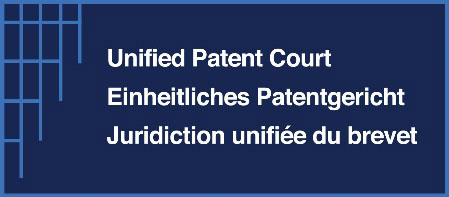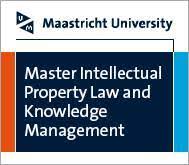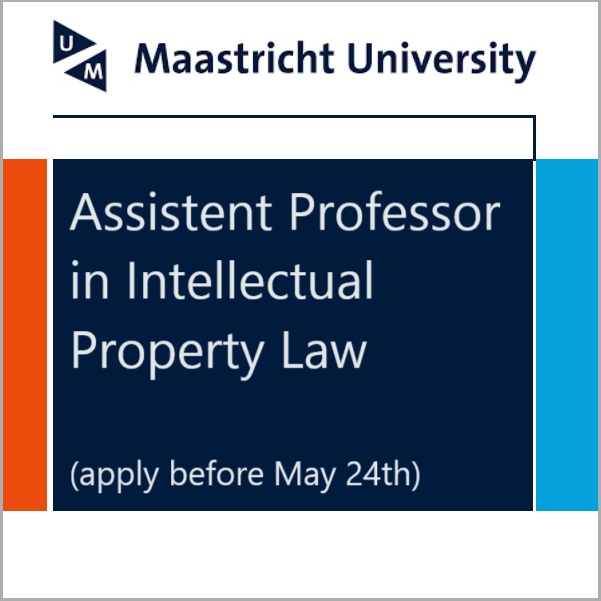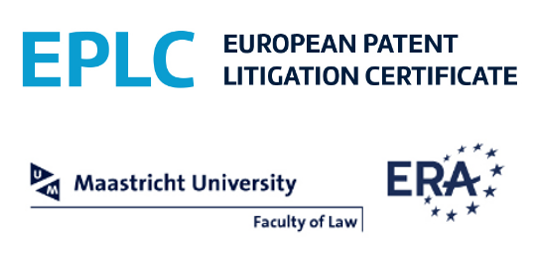2023
Print this page
IPPT20231220, UPC CFI, LD Munich, SES-Imagotag v Hanshow
Provisional measure rejected: no sufficient certainty (“ausreichender Sicherheit”) that the products infringe the patent. if the antenna can be assigned to at least a significant part of the rear housing surface, a violation cannot be established. Costs caused by a protective letter as costs of the proceedings (article 69 UPCA). The Munich Local Division has competence in respect of a request for provisional measures based on alleged infringement of the patent, inter alia, in Germany (article 33(1)(a) UPCA). Claim interpretation (article 69 EPC).The original version of the claims and amendments thereof during the application procedure can be used for claim interpretation. It follows from the spatial delimitation [...] that a component to be assigned to the side of the front surface of the electronic label cannot at the same time be assigned to the side of the rear surface of the housing - and vice versa. The applicant of an unsuccessful application for interim measures must generally also bear the costs incurred by the defendant as a result of a protective letter. This results from the fact that the filed protective brief has become part of the proceedings for the adoption of interim measures through its transmission in accordance with Rule 207.8 RoP.
IPPT20231123, CJEU, Seven.One v Corint
Fair compensation for private use of broadcasts broadcasting organisations. Article 5(2)(b) Copyright Directive 2001 precludes national legislation which excludes broadcasting organisations, whose fixations of broadcasts are reproduced by natural persons for private use and for non-commercial ends, from the right to the fair compensation provided for in that provision, in so far as those organisations suffer potential harm which cannot be classified as ‘minimal’.
IPPT20231123, CJEU, Kopiosto v Telia Finland
Enforcement competence of collective management organisation (Article 4 Enforcement Directive). For the status of collective management organisations to seek, in their own name, the application of measures, procedures and remedies applies (i) in addition to the condition relating to the direct interest in the defence of the rights concerned, (ii) as a condition that these organisations have standing to bring legal proceedings for the purposes of defending intellectual property rights, which may result from a specific provision to that effect or from general procedural rules.
If a Member State complies with the obligation under Article 61 of the TRIPS Agreement to criminalise intentional trade mark or copyright infringement, that Member State is implementing European Union law so that the Charter applies (Article 51 Charter). The principle of legalisation of offences and penalties (Article 49(1) Charter) does not preclude national rules under which trade mark infringement may constitute both an administrative offence and a criminal offence. The principle of proportionality in criminal offences and penalties (Article 49(3) Charter) precludes a national statutory provision which repeatedly punishes trade mark infringement with a term of imprisonment of at least 5 years.
IPPT20230713, CJEU, Ocilion v Seven.One
No “private copying” when at the initiative of an end user by an operator of online retransmission of TV broadcasts recorded TV broadcasts, are made available to an indefinite number of users wishing to view the same content. No 'communication to the public' by operator of online retransmission of TV broadcasts who provides its commercial customers with hardware and software that enables that commercial customer to provide its own customers with delayed access to online TV broadcasts, even though it knows that its service can be used to access protected programme content without the consent of its authors.
The jurisdiction of an EU trademark court regarding a counterclaim for invalidity on the basis of article 124(d) EUTMR is not limited to the scope of the infringement proceedings. As part of the principle of the unity of the Union trade mark, the EU legislator intended to give the EU trade mark courts - like the EUIPO - the competence to review the validity of EU trade marks as part of their decisions on counterclaims.
IPPT20230427, CJEU, Legea
Competence of joint proprietors of a national or Union trade mark is determined by national law. The applicable national law determines whether the grant or the termination of a licence to use a national trade mark or an EU trade mark held in joint proprietorship requires an unanimous decision by the joint proprietors or a decision by a majority of them.
IPPT20230427, CJEU, Castorama Polska
For right of information of article 8 of the Enforcement Directive, the applicant must show he is actually the holder of the IP right in question. Applicant must provide any reasonably available evidence enabling the court to satisfy itself with a sufficient degree of certainty that the applicant is the rightholder. It will be for the referring court to assess the justification for and proportionality of the request for information before it and to ascertain that the applicant in the main proceedings has not abused that request.
IPPT20230427, CJEU, Lännen v Berky
International jurisdiction. Criterion ‘in the courts of the Member State in which the act of infringement has been committed or threatened’ requires active conduct. Active conduct with a sufficient connecting factor with the Member State of which the public is targeted when an undertaking pays the operator of a search engine website with a national top-level domain of a Member State other than that in which it is established, in order to display, for the public of that Member State, a link to that undertaking’s website, thereby enabling a specifically targeted public to access its product offering.
IPPT20230323, EBA-EPO, Syngenta v Sumitomo
[G 2/21]. Plausibility technical effect. Plausibility does not amount to a distinctive legal concept or a specific patent law requirement under the EPC. Evidence of technical effect may not be disregarded solely on the ground that such evidence, on which the effect rests, had not been public before the filing date of the patent in suit and was filed after that date. The relied upon technical effect for inventive step needs to be encompassed by the technical teaching of the claimed invention at the filing date and to embody the same invention.
Damage compensation for intentional or negligent infringement of plant variety rights (article 94(2) CPVRR) should reflect actual damages and cannot be set at a lump sum of 4x the average amount of the licence fee. Article 18(2) of Commission Regulation (EC) No 1768/95 of 24 July 1995 is invalid.
IPPT20230216, CJEU, Monz v Büchel
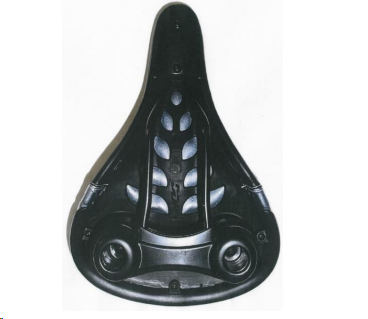 Visibility of a design (underside of a saddle) which constitutes a component part of a complex product (bicycle) during normal of use of that complex product (article 3 Design-directive). The requirement of ‘visibility’ must be assessed in the light of a situation of normal use of that complex product, so that the component part concerned, once it has been incorporated into that product, remains visible during such use. To that end, the visibility of a component part of a complex product during its ‘normal use’ by the end user must be assessed from the perspective of that user as well as from the perspective of an external observer, and that normal use must cover acts performed during the principal use of a complex product as well as acts which must customarily be carried out by the end user in connection with such use, with the exception of maintenance, servicing and repair work.
Visibility of a design (underside of a saddle) which constitutes a component part of a complex product (bicycle) during normal of use of that complex product (article 3 Design-directive). The requirement of ‘visibility’ must be assessed in the light of a situation of normal use of that complex product, so that the component part concerned, once it has been incorporated into that product, remains visible during such use. To that end, the visibility of a component part of a complex product during its ‘normal use’ by the end user must be assessed from the perspective of that user as well as from the perspective of an external observer, and that normal use must cover acts performed during the principal use of a complex product as well as acts which must customarily be carried out by the end user in connection with such use, with the exception of maintenance, servicing and repair work.
IPPT20230202, CJEU, Papierfabriek Doetinchem v Sprick
Technical function – allowing a multicolour appearance – can only be taken into account if it is apparent from the registration of the design. The assessment as to whether the features of appearance of a product are dictated solely by its technical function, within the meaning of that provision, must be made having regard to all of the objective circumstances relevant to each case, inter alia (i) those dictating the choice of features of appearance, (ii) the existence of alternative designs which fulfil the same technical function, and (iii) the fact that the proprietor of the design in question also holds design rights for numerous alternative designs, although that latter fact is not decisive for the application of that provision.














